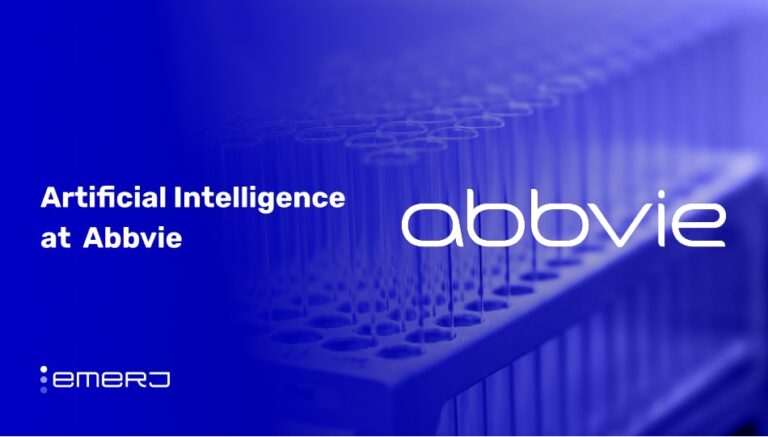Episode summary: This week, AI in Industry features Dr. David Franke, Chief Scientist at Vast. David talks about how AI can work with scarce transaction data to derive meaningful analytics for big purchases, such as cars and houses. He elaborates on how the AI can glean information from user interaction and marketplace data to provide customers with the relevant product fit, deals and recommendations on big purchases. He also discusses the future trends and business benefits for early adopters of AI for purchase recommendations of high-cost items.
Subscribe to our AI in Industry Podcast with your favorite podcast service:
Guest: Dr. David Franke, Chief Scientist at Vast
Expertise: Data analysis, data mining, machine learning, artificial intelligence
Brief recognition: Dr. David Franke is a Chief Scientist at Vast and has been with the company since 2009. He has a doctorate in Computer Science from The University of Texas at Austin. He previously worked with Google and served as Assistant Professor at St. Edward’s University.
Big Idea
Recommendation engines for low-cost, high-volume purchases like books, clothes, groceries, etc., leverage machine learning algorithms trained on copious amount of transaction and user behavior data. However, for big purchases, the transaction volume is very low, owing to low repeat purchase frequency. Therefore, recommendation engines for big purchases do not have as much data on user behavior, buying patterns, etc., that would help them make relevant and useful recommendations.
David explores three AI technology trends that could improve recommendations for large items with more scarce transaction data:
- Computer vision for product identification: It is currently possible for a user to take a picture of a car they like and get recommendations for visually similar cars to purchase in their area. This technology could be soon extended to houses in the future.
- User behavior analytics: Gleaning and analyzing user behavior patterns from “high-information users” (highly engaged users), such as the number of times the user clicks the picture of a particular make of a vehicle, the amount of time the user spends on the product information page, etc.
- Marketplace analytics: Collecting marketplace information on the products, such as the fastest moving vehicles in a particular area or the most preferred color of a vehicle, and extrapolating that information with other user preference and behavior information to present businesses with a 360 degree view of analytics they can use to sell products fast and recommend similar products in the market that the user might be interested in.
According to David, large-purchase businesses adopting such AI technologies for recommendations would have a significant advantage over their competitors in the long run. Leveraging these AI technologies (computer vision, user behavior information analytics, marketplace information analytics) would give way to better pricing, more inclusive inventory, better deals, etc. Overall, David believes that this would lead to a better market place as a whole benefitting both businesses and consumers with relevant information that is readily accessible.
Interview Highlights on Recommendation Engines for Big Purchases
The main questions David answered on AI recommendation engines for big purchases are listed below. Listeners can use the embedded podcast player (at the top of this post) to jump ahead to sections they might be interested in:
- (2:39) How is AI currently used to match shopper intent with the right product for big purchases (car, house, etc.)?
- (4:00) How is AI currently simplifying buyer decision process without the user having to search disparate sources?
- (07:05) What is the current use case of the Vast app?
- (08:10) What are some example features of user behavior the Vast recommendation engine would look for before recommending similar products to the user?
- (12:51) What are the other important current applications of AI in this domain other than using computer vision and extrapolating user behavior information?
- (15:28) How are all these AI applications used in the B2B scenario (by analyzing user behavior and market place information)?
- (17:40) What are the future trends in AI use for big purchases?
Subscribe to our AI in Industry Podcast with your favorite podcast service:
Header image credit: ShutterStock






















